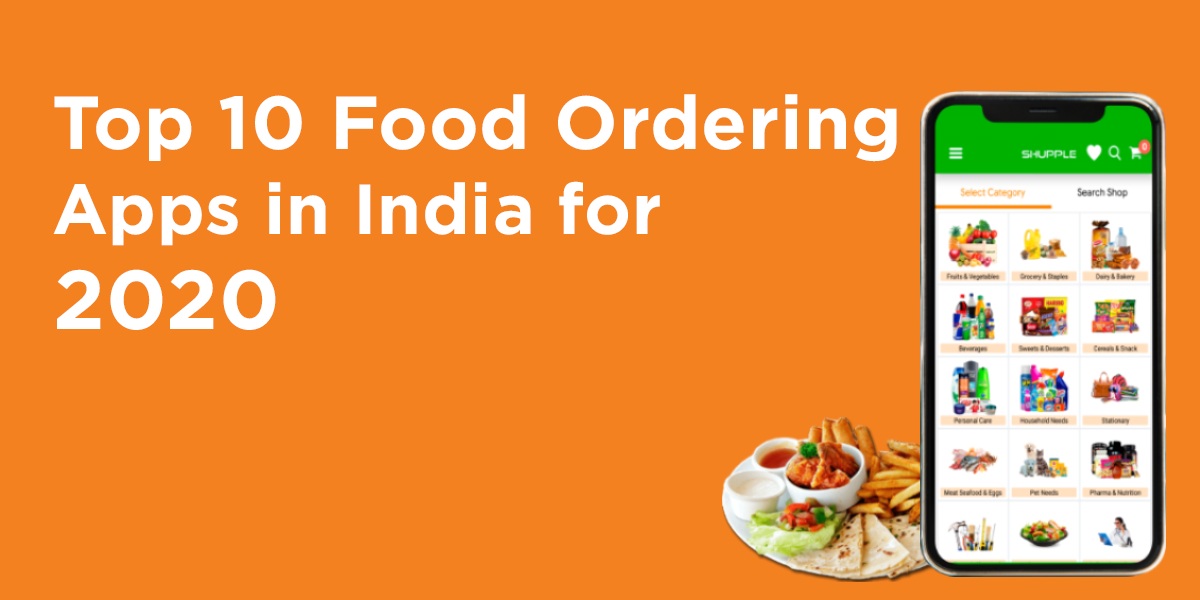

Hot technology trends to watch out for in big data analytics industry
Big data analytics landscape is changing rapidly as new technologies are introduced in the market. These technology trends could disrupt businesses over the new few months, creating competitive advantages and better outcome.
Wednesday August 23, 2017,
5 min Read
Big data, machine learning, and data science are becoming the lifeblood of the IT industry. The developments in this space are so fast that professionals need to keep themselves updated to stay on top of the latest trends. From data scientists to CIOs, everyone who deals with data wants to adapt themselves to the kinetic nature of the industry.
To thrive in today’s dynamic technological environment, companies are scrambling with the developments and mapping their business strategies to stay competitive. Here are the hottest trends that are revolutionizing the big data and analytics industry in a significant way.
Blockchain enables frictionless global movements
Bitcoin started it as a cryptocurrency, now everyone is exploring it. The fundamental principle of bitcoin is based on blockchain technology. A blockchain is a shared ledger of records arranged in data blocks interconnected and distributed on multiple computers. To put it simply, a network of computing nodes makes up the blockchain. Every node acts as an administrator of the blockchain and joins the network voluntarily. A blockchain facilitates the process of recording transactions and tracking assets in a business network.
The blockchain technology has already gained so much traction that people and organizations are investing heavily in this platform. A number of leading global banks have evinced a strong interest and are exploring the technology further. The current blockchain projects which are disrupting the old and centralized industries include Ethereum, NEO, and Siacoin. The blockchain technology has a plethora of applications beyond finance and banking and is going to be the next big thing soon. Looks like this is the beginning of something new.
“Every-thing as-a-service” gaining prominence
Data is growing at an exponential rate, and the range of techniques and technologies to deal with the same is increasing rapidly. The ability to manage and extract value from large volume and variety of data is becoming difficult for organizations in this highly-paced business environment. Also, building systems from scratch to meet current nature of work is not at all feasible considering the amount of time we have to respond to the changing needs. This is giving rise to “as-a-service” models in the IT landscape.
These scalable, agile and intelligent service models help to achieve quick results in no time with almost zero technical investments. From self-service BI platforms to software-as-a-service (SaaS), and platforms-as-a-service to data storage-as-a-service (DaaS), everything which can be offered as a service is now gaining prominence.
R is in vogue
R is a free and an open source programming language. It can be integrated with a wide number of packages to perform almost all the tasks required by analysts and data scientists. R can be embedded with different products including Microsoft Azure Machine Learning Studio and SQL Server 2016, to name a few. The wide spectrum of tasks it performs ranging from data manipulation, statistics, and machine learning makes it the best choice for big data professionals. According to IEEE Spectrum, R has achieved the sixth position in the list of top programming languages and is quickly gaining ground against the traditional programming languages.
Artificial Neural Networks take the lead
Artificial Neural Network (or Neural Network/Deep Learning) is making a new wave these days with its popularity growing in almost all the industries globally. The power of this machine learning technique is proving useful for tasks that have been previously challenging and sometimes imagined as an impossible thing.
The applications of neural networks are huge and still untapped. Most famous applications include autonomous driving vehicles, speech recognition, computer vision, and automatic translation systems. Today, a number of deep learning frameworks such as TensorFlow, Caffe, and Microsoft Cognitive Toolkit is used in the industry to make the job of neural networks easy and efficient. A neural network which mimics a human brain and processes information is driving the technological innovation in many fields and would continue to surprise us with things we have never heard of.
Visualize data to glean insights
Visualization gives a life to data. As a human being, we try to remember things which have been presented to us visually. When the data is huge and multidimensional, visualization is one of the best ways to analyze insights meticulously. It helps data scientists and analysts to see the trends through their lenses, spot any irregularity and ask questions.
Visualization has become an important part of the decision-making process with the way it can be presented. It is a powerful tool and yet very easy to use. Tableau, MicroStrategy, and QlikView are a few of the best BI tools one can use to make business reporting go lively.
Conclusion
As technology evolves, the industry will witness a lot of changes and there might be even further developments just around the corner. The trends described above will herald the dawn of the next technology age. Over the course of 2017 and year ahead, it will be exciting to see how these trends reshape the big data and analytics ecosystem and help businesses grow and prosper.

undefined



